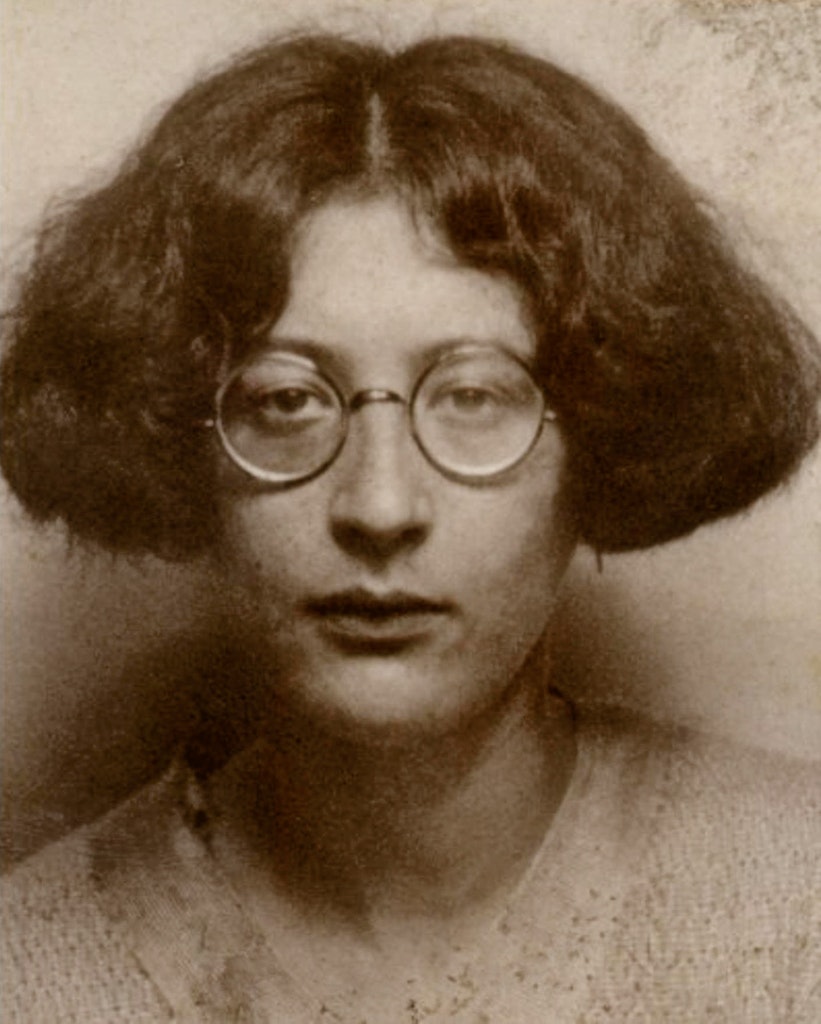Let them eat filberts
The new owner of Antoinette’s jewellery will not just get exquisite gems but a provenance that is equally perfect and poignant
This article is taken from the November 2021 issue of The Critic. To get the full magazine why not subscribe? Right now we’re offering five issue for just £10.
Diamonds weren’t the death of Marie Antoinette, but they did help make her execution inevitable. The Austrian-born queen’s passion for gems, allied to her foreignness, made her a figure of special resentment during the French Revolution — royal extravagance did not sit well with a populace undergoing a succession of failed harvests and soaring food prices.
The queen, however, was entirely innocent in the incident that malignly and irrevocably linked her to expensive jewellery. In 1772, Louis XV commissioned a spectacular necklace of 650 diamonds for his mistress Mme du Barry from the royal jewellers, Boehmer and Bassange. While gems, including “seventeen glorious diamonds, as large almost as filberts”, were being sourced, the king died and his successor and grandson Louis XVI banished du Barry from court. Boehmer and Bassenge offered the necklace to the new queen, Marie Antoinette, instead. She declined it twice as too expensive, according to Thomas Carlyle, stating that “We have more need of Seventy-Fours [74-gun warships] than of necklaces.”
The necklace at the centre of the brouhaha was broken up by the conspirators and the stones sold in Paris and London
At this point a confidence trickster named Jeanne de Valois-Saint-Rémy got hold of the necklace after involving her unwitting lover, Cardinal de Rohan, in a fraud. The plot, which suggested the Queen was trying to buy the gems in secret, involved forged letters, a royal impersonator, anda trial in 1785.
Despite her innocence, Marie Antoinette, whose reputation had been sullied by salacious gossip and defamatory pamphlet campaigns, was held to be deeply involved. “The affair of the Queen’s necklace” did untold harm to the monarchy and added substantially to the ill will building in run-up to the revolution.
The necklace at the centre of the brouhaha was broken up by the conspirators and the stones sold in Paris and London. Some of the Queen’s jewels, however, survived the Revolution.
In 2018, Sotheby’s in Geneva held a sale of 100 pieces from the collection of the Bourbon-Parma dynasty — the family of Marie Antoinette’s daughter, Marie Thérèse. Ten of the lots were pieces owned by the Queen herself, including a pendant with a huge natural drop-shaped pearl (below) that sold for a record $36 million (the previous record of $11.8 million was set in 2011 for a pearl, diamond and ruby necklace owned by Elizabeth Taylor).
On 9 November, Christie’s in Geneva is due to sell another exceptionally choice item from the Queen’s jewellery box — a pair of three-strand diamond bracelets comprising 112 stones. They were made in 1776 by Boehmer, and she paid the enormous asking price of 250,000 livres by selling other gems in her collection, topped up with a gift of money from Louis XVI. The bracelets carry a surely conservative upper estimate of €4 million.
The revolutionaries destroyed many of the French crown jewels, even though the administration ordered the collection to be held for safety in the Garde-Meuble — the royal treasury — on what is now the Place de la Concorde. The crowns and other regalia were kept at the Abbey of St Denis. Most of them were melted down in 1792.

Many of the crown jewels were stolen during a break-in at the Garde-Meuble. Some were recovered, but most of the huge diamonds bequeathed by Cardinal Mazarin, regent to Louis XIV, were not retrieved, though one, Le bleu de France, came to light, recut, in London in 1812. Known as the Hope Diamond, it was briefly owned by George IV.
Marie Antoinette’s bracelets survived intact because, while under house arrest in the Tuileries Palace in 1791, she sent them for safekeeping to Count Mercy-Argenteau, the former Austrian ambassador to France, who was then living in Brussels.
In October 1793, nine months after the execution of her husband, Marie Antoinette was guillotined after a trial in which one of the charges against her was that she had depleted the national treasury. Two months later, Mme du Barry was also sent to the guillotine (after being kept in Marie Antoinette’s old cell). She sought to delay the inevitable by revealing where she had hidden her own jewels. The stratagem won her four more hours of life.
Following Marie Antoinette’s death, her nephew, the Holy Roman Emperor Francis II, ordered the chest sent to Mercy-Argenteau to be opened. In it were the bracelets. In 1796, when the Queen’s daughter, Marie Thérèse, arrived in Austria after spending three years in prison in Paris, the jewels were handed to her. When Baron Gros painted her portrait in 1816, the bracelets were on her wrists.
On her own death in 1851, the childless Marie Thérèse left her jewels to her three nieces and nephews: of the pieces that originated with Marie Antoinette, the bracelets are the only ones that have not been redesigned. So what the new owner will get for their millions are not just exquisite gems but a provenance that is equally perfect and poignant.
Enjoying The Critic online? It's even better in print
Try five issues of Britain’s newest magazine for £10
Subscribe














